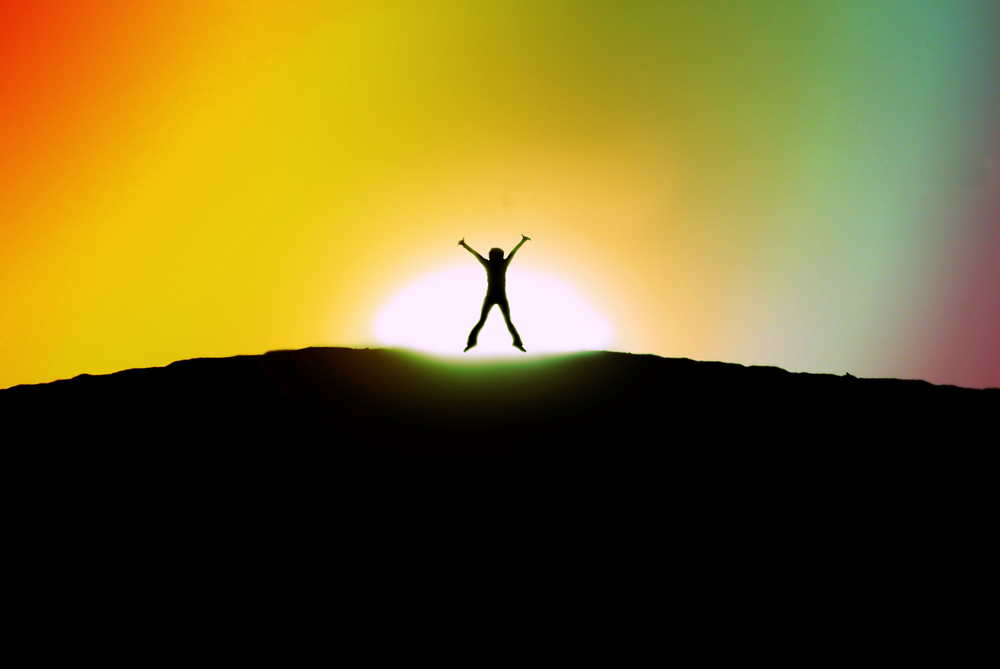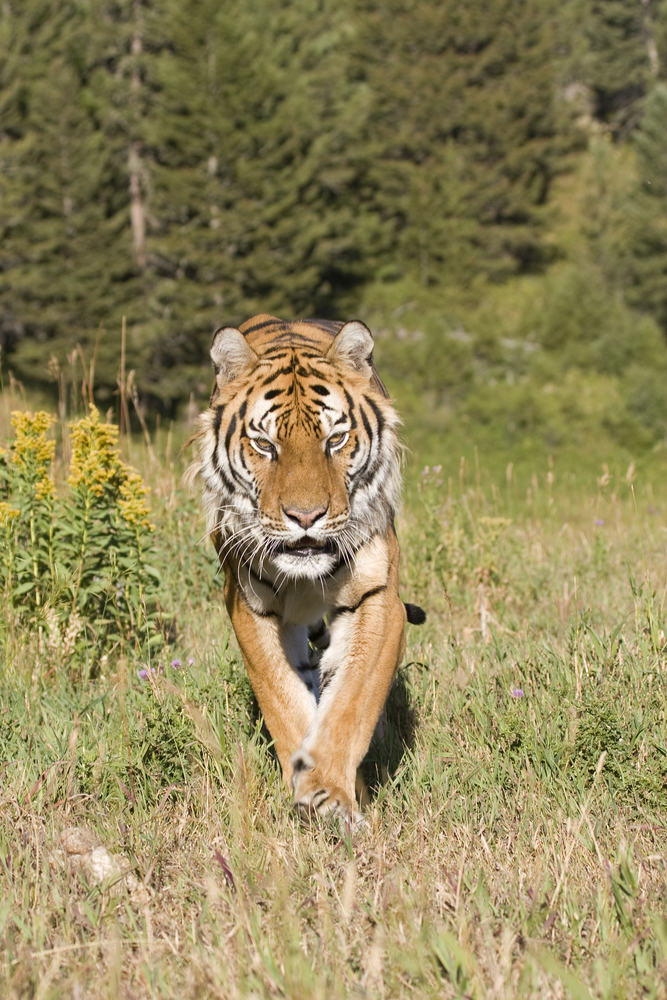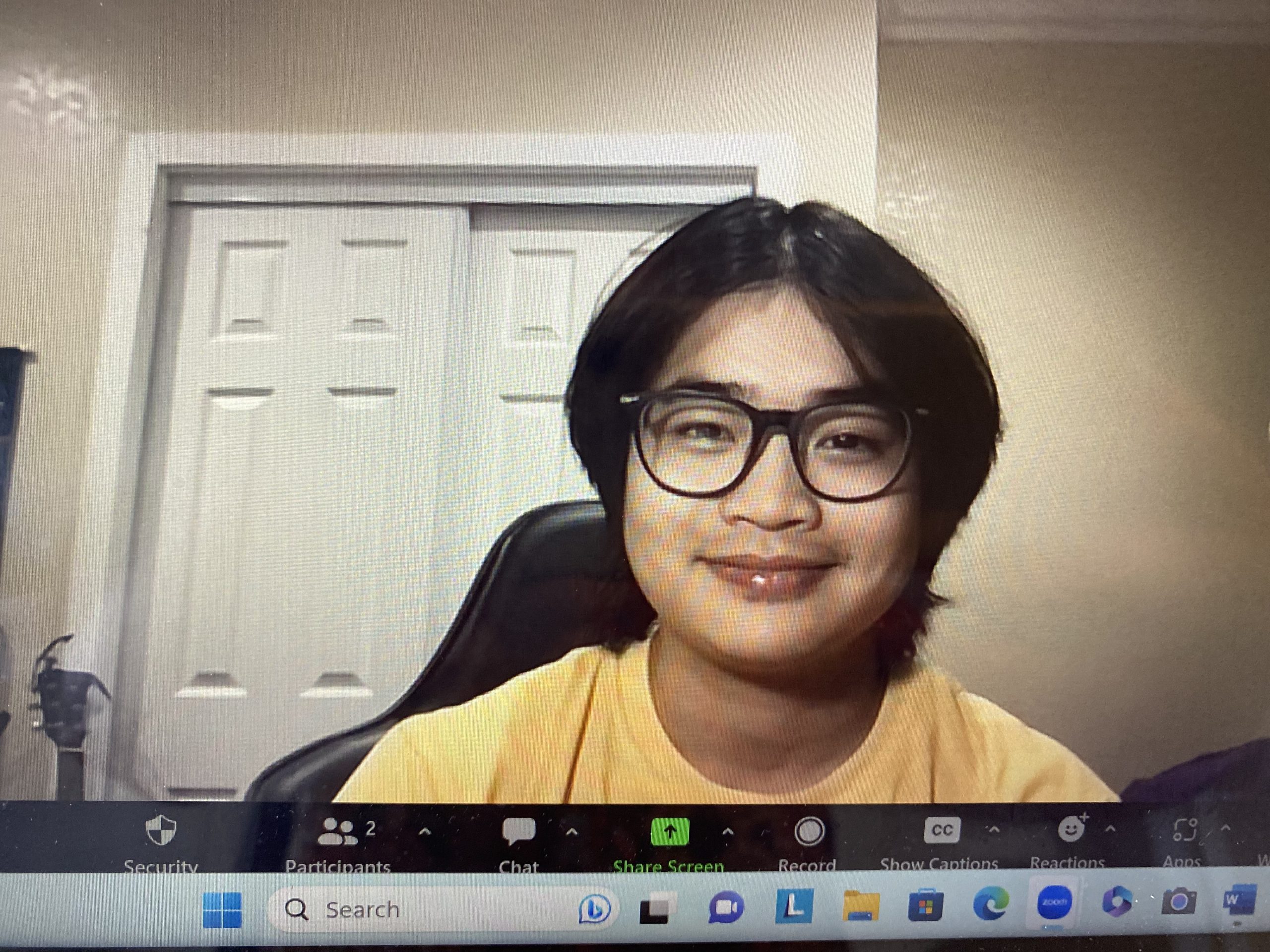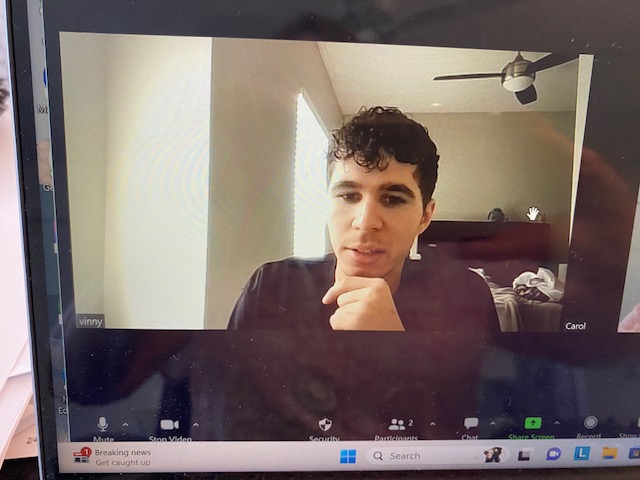 Whether you are raising a child who is already very creative, or you want to encourage creativity in your child, you’ll need to provide the freedom for your child to create: the emotional, intellectual and physical freedom to create. This is harder than it sounds, because to do that you’ll have to let go on many levels.
Whether you are raising a child who is already very creative, or you want to encourage creativity in your child, you’ll need to provide the freedom for your child to create: the emotional, intellectual and physical freedom to create. This is harder than it sounds, because to do that you’ll have to let go on many levels.
Often the more we try to do well by our children, the tighter our grasp becomes. Providing the freedom to create starts with you. You’ll need to relax and let go, and you’ll probably need to go against your conditioning. You’ll also need to confront your fears and the human tendency to want to control. Control is the opposite of creativity. Creativity needs freedom.
Freedom is an essence we all desire. In order to be truly free, we need to learn to be OK with the uncertainty of every present moment. It is the uncertainty of the present moment that makes creating possible. You might say that in every present moment we are walking the edge between what is known and already formed, and what is unknown and unformed. The uncertainty of the moment and its potential will be explored in upcoming sections, but for now let’s look at why uncertainty is hard for us. By nature, humans are afraid of uncertainty. Brain research has shown that the primitive part of our brain is wired to think uncertainty means the worst is about to happen, because that’s how early humans survived. They learned to imagine and anticipate the worst case scenario. A rustle in the grass might be the wind, but if you didn’t imagine it was a hungry tiger about to pounce, you risked being lunch.
Flash forward to the 21st century, and humans are still carrying around that primitive brain. And the brain’s default position is to imagine the worst case scenario. Of course in reality most of us are not in continual life/death situations, but the primitive part of our brain doesn’t know that. There may not be any more tigers, but whenever you respond to uncertainty with fear, your brain sees tigers and puts you in survival/flight-fight mode, with adrenalin coursing through your body. In the 21st century, we have emotionalized survival. If we allow our default position to go unchecked, we’ll see the current uncertainty as a life/death situation. We’ll live in a constant state of stress and worrying, including making up worst case scenarios about the future and our kids.
For eons, humans responded to uncertainty by trying to control the environment as much as possible through force and domination. This inclination to dominate, or be subservient to a dominator who will dominate on your behalf, was part of a biological contract that held the early human tribes together. It worked very well. The primitive part of our brain is still wired to think this is the successful way to respond, and so the desire to dominate and control became another default response whenever fear arose. However, as we know, this response doesn’t work anymore and hasn’t for centuries. Trying to dominate and control, or becoming subservient to a person who dominates, leads to destructive choices and takes away the freedom essential for creativity.
In order to provide an environment of freedom for ourselves and our kids, we’re going to have to fight these default positions by using consciousness. The ability to be conscious, to pause, reflect and consider what is accurate and what action is in our best interest, resides in the newer part of our brain – the pre frontal cortex. It takes a conscious decision to be conscious! In Part Two, we’ll look at how to get around these all-too-human default positions. In the meantime, notice whenever they arise in your life, and the fear or uncertainty that causes them. The more you can become conscious of your own default behavior, the easier it will be to make the changes that will lead you and your child to the freedom to create.








